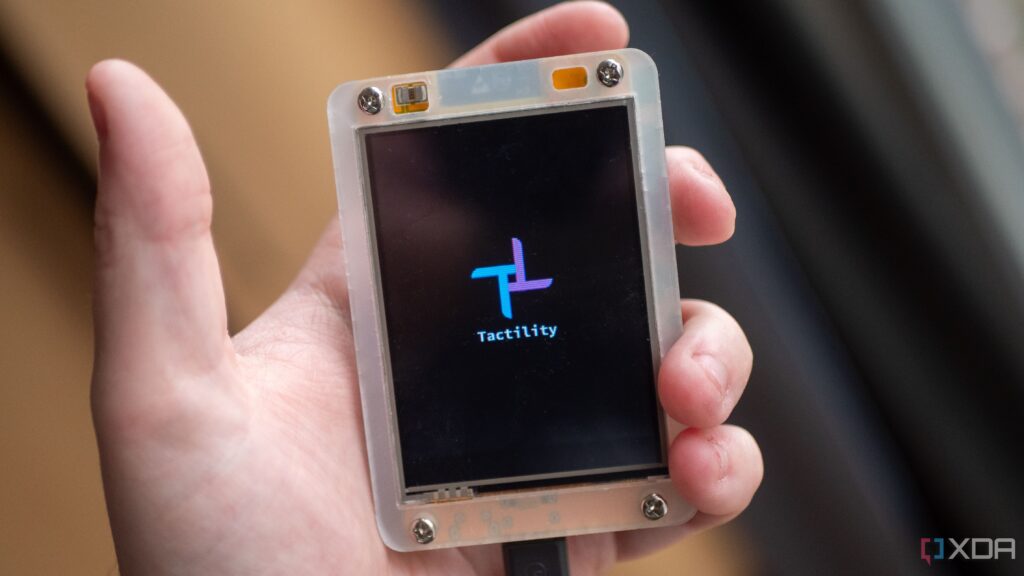
UPDATE: The innovative operating system, Tactility, has just been unveiled for the ESP32 family, revolutionizing how users interact with their devices. Developed by Dutch software engineer Ken Van Hoeylandt in collaboration with Elecrow and Lilygo, Tactility allows seamless switching between applications, marking a significant evolution in microcontroller technology.
This urgent release, which has been in development for nearly two years, enables users to run built-in and external apps from an SD card without rebooting their devices. Tactility operates on FreeRTOS, providing a comprehensive app ecosystem that resembles a mini-computer experience, effectively reshaping the capabilities of the ESP32.
Users can now access around 24 apps, including essential tools like Wi-Fi configuration, display management, GPIO inspection, and a unique “Chat” app. The ability to switch between apps dynamically is a game changer, as traditional setups often require reflashing firmware to change applications.
Tactility’s architecture is designed for versatility, supporting a headless version for boards without displays. The operating system is also open-source, inviting developers to create custom applications tailored to their needs. A notable feature includes encrypted password storage for enhanced security, ensuring sensitive data remains protected even if device storage is compromised.
Ken Van Hoeylandt emphasizes the importance of user experience, stating, “Considering that there’s a launcher and apps, and you can develop applications with an SDK… I decided it is appropriate to call it an operating system.” This sentiment reflects Tactility’s robust framework, which offers a dynamic and user-friendly interface akin to early PDAs.
Another standout feature is the recovery mechanism for crashed applications, which generates a QR code leading users to a local web page for debugging. This thoughtful design enhances usability and mitigates frustration, showcasing the operating system’s focus on a fluid user experience.
Installation is straightforward, with support for various ESP32 devices, including the Cheap Yellow Display and multiple models from the LilyGO and M5Stack families. Users can utilize the web flasher for easy setup, and the repository for Tactility continues to expand with new hardware compatibility.
Developers interested in creating applications for Tactility can leverage a simulator to ensure their apps meet the necessary requirements for the platform. The project is inspired by the Flipper Zero, showcasing that it’s not just power but the reimagining of the ESP32 as a capable mini-computer that drives its appeal.
Tactility’s introduction is poised to simplify product prototyping and provide educators with a more accessible entry point into embedded development. As users can build unique interfaces from reusable system apps, the potential for innovation is vast.
WHAT’S NEXT: As Tactility gains traction, developers and tech enthusiasts are encouraged to explore its capabilities. The open-source nature of the operating system invites collaboration and rapid advancements, promising exciting developments in the world of microcontrollers.
Stay tuned for more updates on Tactility and its impact on the tech landscape. This is a pivotal moment for ESP32 users, and sharing this news could spark further innovation in the field.





